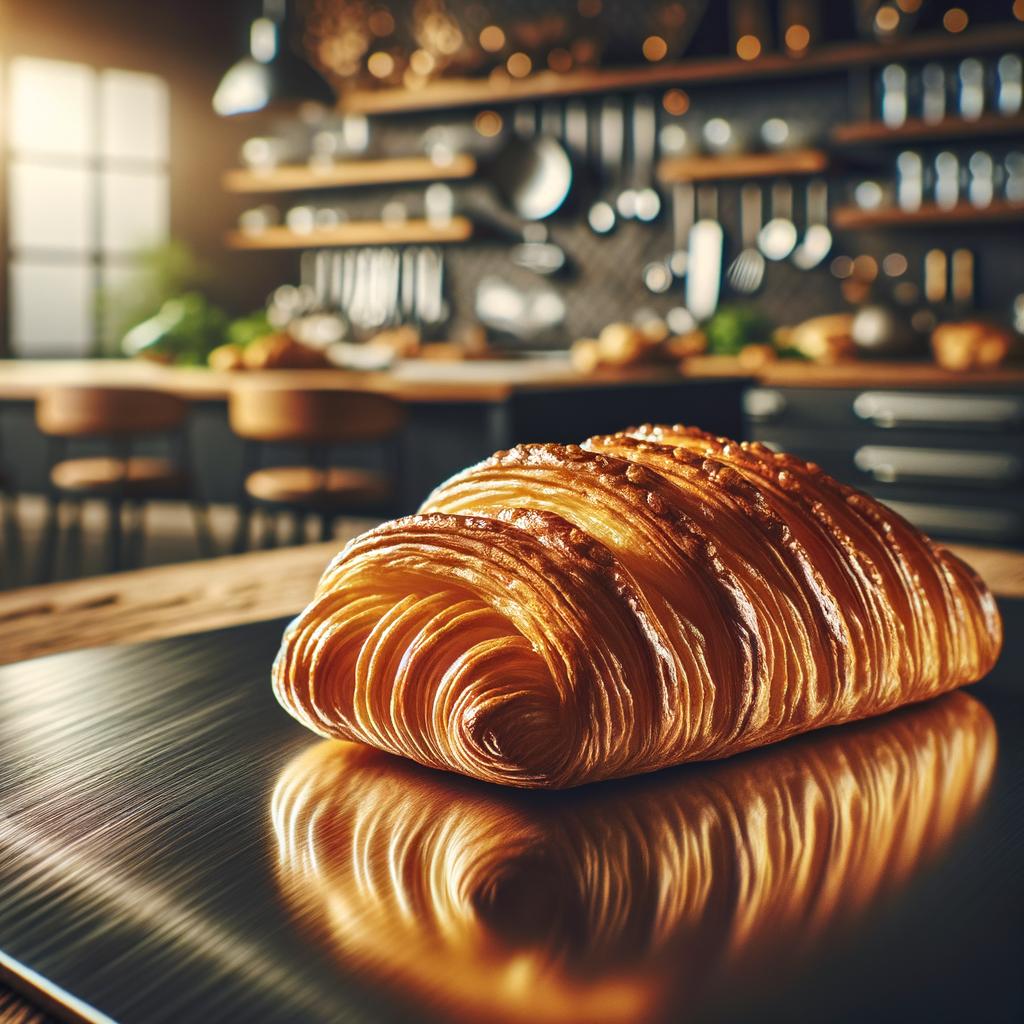Puff Pastry

Description Puff pastry, a seductive jewel in the crown of French cuisine, is a light, flaky, and buttery dough that's both simple and complex in its construction. Its ethereal layers, numbering up to hundreds in a single piece, are the result of a meticulous process of folding and rolling. The golden exterior, when baked, presents an enticing crunch, giving way to a soft, tender interior. Its flavor profile is subtly buttery, with a delicate sweetness that makes it the perfect canvas for both sweet and savory dishes. The magic of puff pastry lies in its transformation - a humble, flat piece of dough that puffs up into a glorious, golden cloud in the oven.
Primary Uses Puff pastry is a versatile player in the culinary world, gracing both rustic home kitchens and high-end restaurants with equal panache. Its primary use is in baking, where it forms the base for a myriad of dishes. From the sweet realm of apple turnovers, cream horns, and mille-feuille, to the savory kingdom of beef Wellington, cheese straws, and vol-au-vents, puff pastry is an indispensable ingredient. Outside the culinary sphere, it has also found a place in cultural celebrations, often being used to create traditional dishes for festive occasions.
History The origins of puff pastry are as layered as the pastry itself. While it's often associated with French cuisine, its roots can be traced back to the phyllo dough of the Middle East. It was the genius of French pastry chefs in the 17th century that refined and popularized it. The iconic French dish, Mille-feuille, meaning 'a thousand leaves', is a testament to the pastry's romantic history. Over time, puff pastry has journeyed across continents, being adapted and reimagined in various cuisines, each adding their own unique twist to it. An intriguing legend tells of a starving French artist who, in his desperation, concocted the first puff pastry out of flour, butter, and water - the rest, as they say, is history.
Nutritional Information While puff pastry is a delight to the senses, it's not necessarily a friend to the waistline. Its flaky layers are largely due to its high butter content, making it a rich source of fats. However, it also provides a good amount of selenium, a mineral essential for cognitive function and a healthy immune system. Compared to other pastries, puff pastry's high fat content gives it a higher calorie count. However, when used in moderation and balanced with healthy fillings, it can be a part of a balanced diet. After all, a little indulgence is a key ingredient in the recipe of life.

